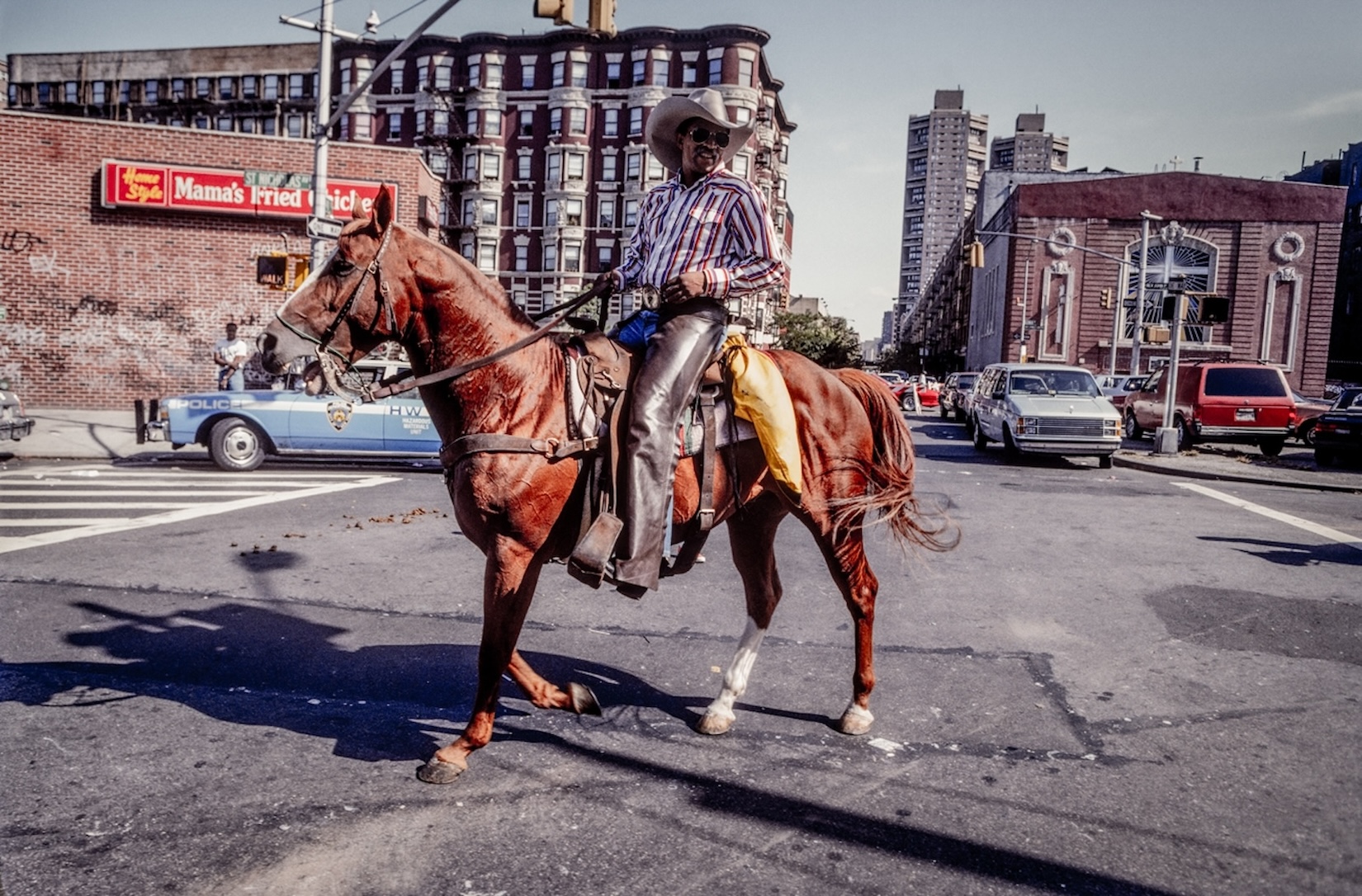New Exhibitions!

Whether your mission is to tell the story of your community, preserve a specific history, or is to share art and culture, there are new exhibitions in our roster to meet your needs.
Our newest offerings are listed below:
In one of the most extreme and challenging environments on the planet, this exhibition examines the relationships between military personnel and Indigenous communities as a result of mounting geo-political tensions and climate change.
This exhibition reexamines dominant historical narratives that have shaped our traditional understanding of geography, provoking conversations around social justice, environmental sustainability, and transformative change.
The Long Ride Home: Black Cowboys in America
In this exhibition, artist Ron Tarver offers a contemporary counterpoint to the myth of the all-American white cowboy by revealing the beauty, romance, and visual poetry of Black people embodying their Western cultural heritage.
Long-Term Mindset: Artists Exploring Deep Time
This exhibition centers visual discourse on science and environment, in which three artists each explore the anthropological entanglements that exist within—and between—geophysical life worlds, stimulating ideas about human agency and responsibility, and relational concepts tied to non-human existences and experiences.
In Spina Americana, acclaimed photographer Richard Sharum documents a narrow 100-mile-wide corridor from the Mexican to Canadian borders and examines what the people and the land of the central United States contribute toward the “national character” of this country.